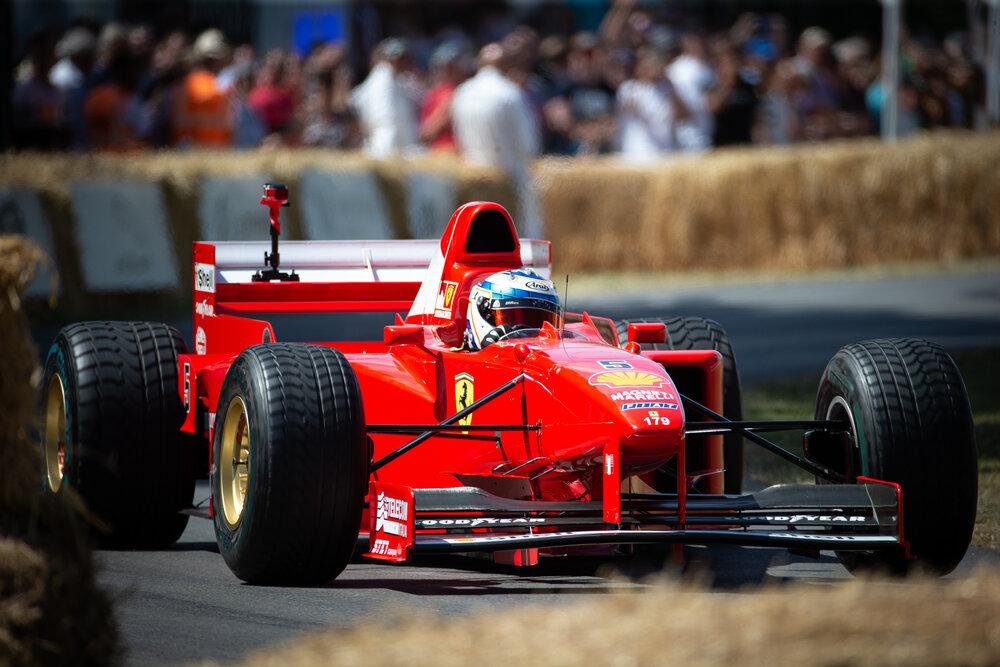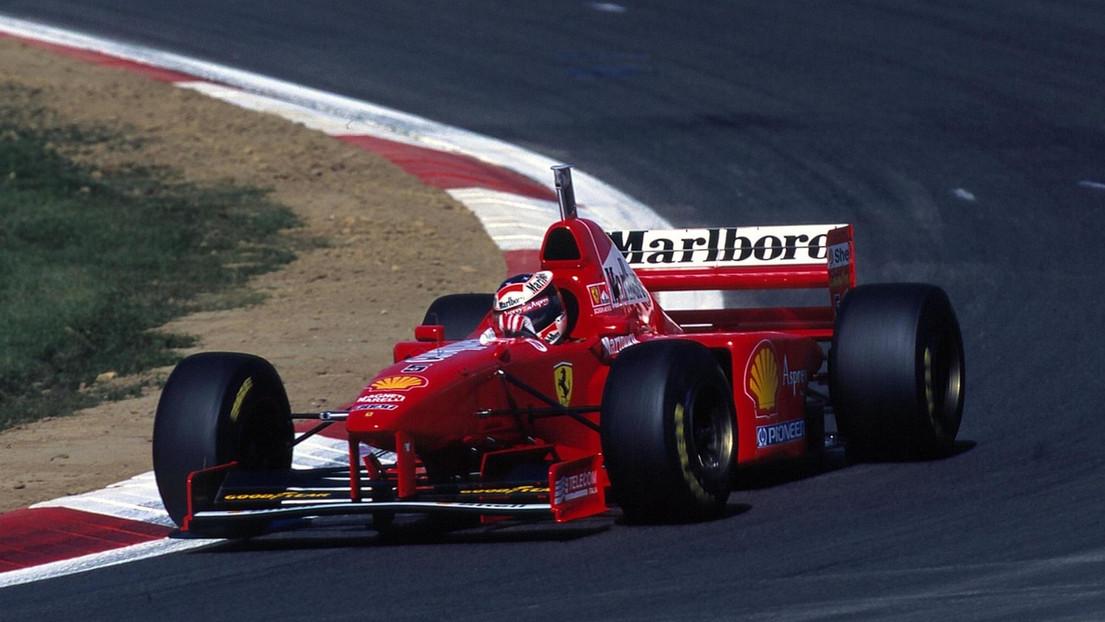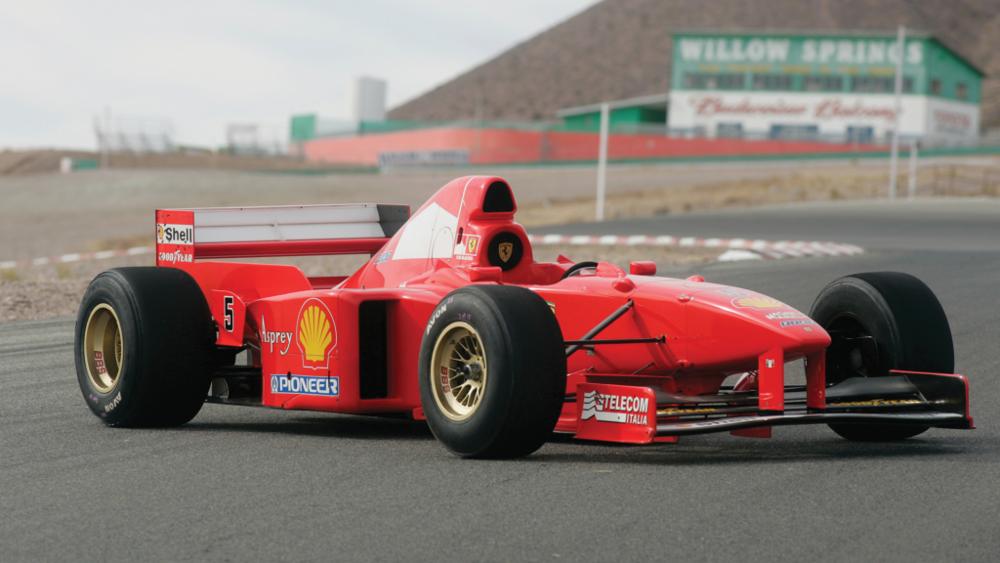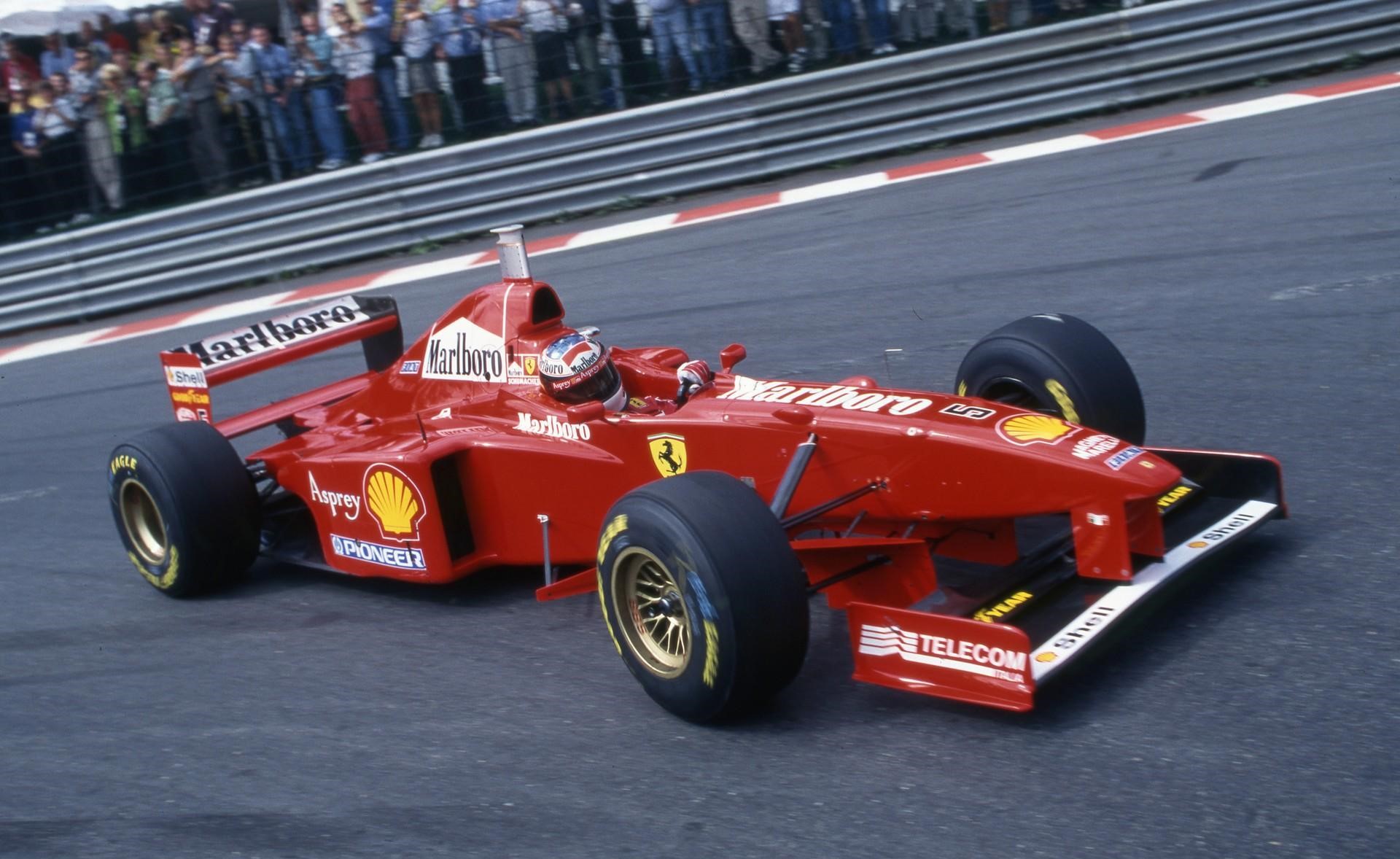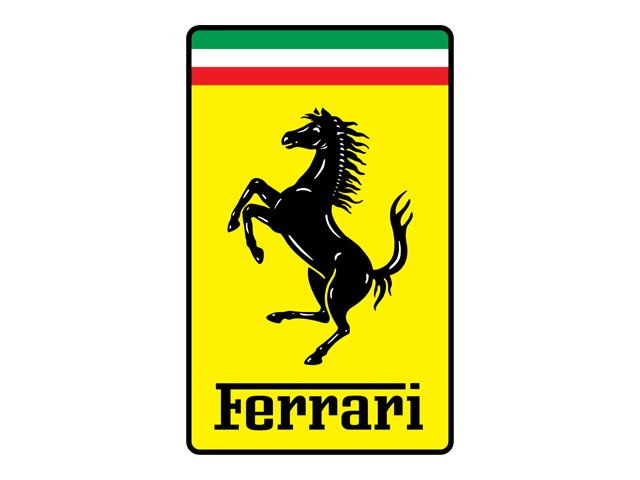1997 Ferrari F310B
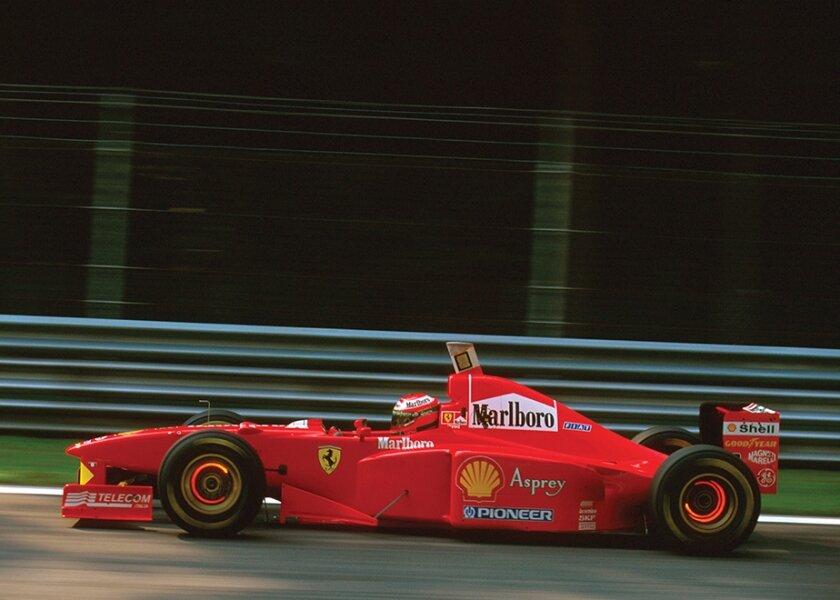
The descriptions of the Classic Cars in the Directory were partly generated or supplemented with the help of artificial intelligence (AI). The content may occasionally not always be entirely accurate or factually correct despite careful checking.
The Ferrari F310B was a significant step forward in the development of Ferrari’s Formula One race cars. The car was first entered in the 1996 Monaco Grand Prix, and it underwent significant changes during the off-season to become the F310B for the 1997 season. With this new model, Ferrari proved that the company could keep up with the technological advancements of the sport, leaving behind much of the clunky old technology and embracing a more streamlined approach to design.
The Ferrari F310B is a ground effect car featuring a carbon fiber monocoque chassis with tubular aluminum subframes. It is powered by a naturally-aspirated Tipo 046/2 V10 engine that delivers a maximum power output of 730 horsepower at 17,000 rpm. The F310B had a maximum speed of around 340 km/h, which was critical to driver success on the high-speed tracks of the era such as Monza.
The F310B featured a double wishbone suspension system, both front and rear, with push-rod actuated torsion bar dampers. The suspension system was designed to be stiff and compliant on the track, allowing for maximum handling and traction, but also to be rigid enough to withstand heavy forces in the turns.
The car was fitted with a seven-speed semi-automatic gearbox, which was known as the "dirtbox" because its insides were nearly impossible to clean. The gearbox was controlled via a paddle shift system mounted on the steering wheel, allowing for quick gear changes, even in tight corners. The driver was also helped by an onboard telemetry system, which allowed the team to monitor the car’s performance in real-time.
The F310B had a total weight of only 600 kg, which was helped by its carbon fiber construction. This lightweight design helped reduce the car's overall drag and made the F310B more agile in the corners. The car’s aerodynamics were refined, with a lower front wing, a narrower rear wing, and other small details such as winglets on the sidepods and floor.
Overall, the Ferrari F310B was a cutting-edge race car that showed that Ferrari was still a dominant force in Formula One. The combination of the naturally-aspirated V10 engine, carbon fiber chassis, and advanced suspension system made it a formidable opponent on the track. The F310B won three races in the 1997 season and helped Ferrari secure a second-place finish in the Constructors’ Championship. It is a testament to Ferrari's commitment to engineering excellence and one of the most iconic race cars of the 1990s.
Milestones
- Unveiled at the Maranello factory in January 1997 - Made its race debut at the Australian Grand Prix in March 1997 - Michael Schumacher achieved the first podium of the season with a third-place finish in the Brazilian Grand Prix - Schumacher won his first race for Ferrari in the Monaco Grand Prix - Further victories for Schumacher came in the Canadian, French, and Belgian Grands Prix - Schumacher won the Drivers' Championship with three races remaining in the season - Ferrari finished second in the Constructors' Championship, behind Williams - The F310B was replaced by the F300 for the 1998 season.Technical
- Engine: Tipo 046/2 V10, 3.0L, 18,000 RPM - Power: 750 hp at 17,500 RPM - Transmission: 6-speed longitudinal gearbox - Chassis: carbon fiber and aluminum honeycomb monocoque - Suspension: pushrod system with inboard springs and dampers - Brakes: carbon fiber ventilated discs, Brembo calipers - Tires: Goodyear - Weight: 600 kg without fuel - Fuel: Shell - Steering: rack and pinion - Wheelbase: 2770 mm - Length: 4400 mm - Width: 1990 mm - Height: 980 mm - Top speed: over 330 km/h (205 mph) - Acceleration: 0-100 km/h (0-62 mph) in 2.8 seconds. - Races won: 5 (Germans, Hungarians, Belgians, Italians, and Japanese Grand Prix) - Drivers: Michael Schumacher, Eddie Irvine